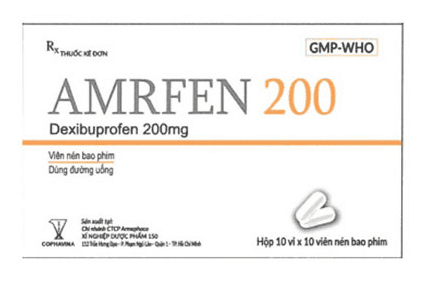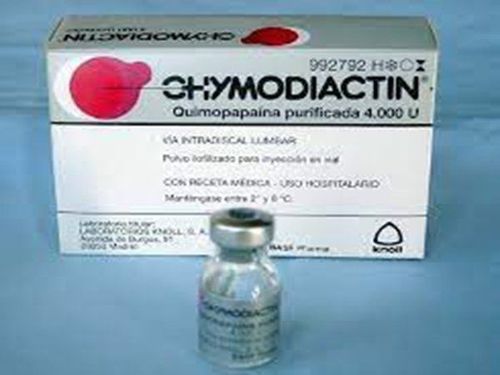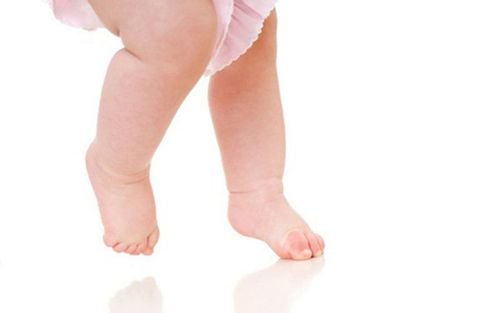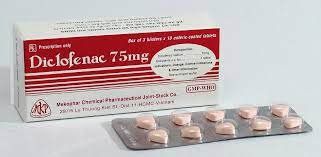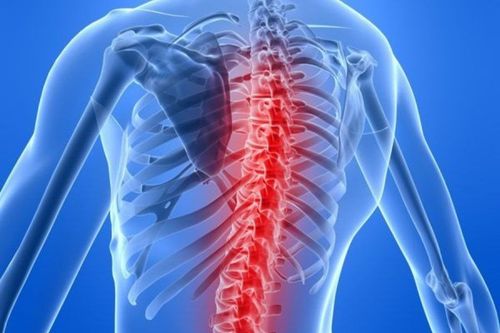This is an automatically translated article.
The article was professionally consulted by Department of General Surgery & Anesthesia - Vinmec Hai Phong International General Hospital. The doctor has 08 years of experience in the field of Orthopedic - Plastic Surgery.
Thoracic spine kyphosis is a disease that greatly affects the quality of life, working ability and aesthetics of patients. For severe cases of kyphosis, surgery to correct kyphosis of the thoracic spine is an effective treatment.
1. Overview of thoracic spine kyphosis
1.1 Characteristics of the thoracic vertebrae
Each person has 12 thoracic vertebrae, numbered according to convention from T1 - T12, T1 is located closest to the skull and the posterior vertebrae lie down gradually to the spine and lumbar region. The thoracic vertebrae articulate with the ribs, through the ribs with the sternum to form the ribcage. The thoracic vertebrae are characterized by a thicker body than the cervical vertebrae, with a rib fossa on the lateral surface of the vertebral body.
1.2 What is thoracic kyphosis?
Spinal kyphosis is the phenomenon of hunchback angle of the spine when standing beyond physiological limits, occurring in the cervical, thoracic and sacral spine. Causes of kyphosis can be:
Birth defects; Due to tumor or inflammatory diseases of the spine; Due to other diseases: Osteoporosis, degenerative disc disease; Humpback after trauma. Thoracic kyphosis is diagnosed through clinical examination, X-ray, computed tomography (CT-scan), magnetic resonance imaging (MRI), neurological examination. The treatment of the disease depends on the cause of the thoracic kyphosis, the existing symptoms. Current treatment methods are mainly: Medication (pain relievers, osteoporosis drugs), therapy (exercise, wearing frames, maintaining a healthy lifestyle) or surgery.
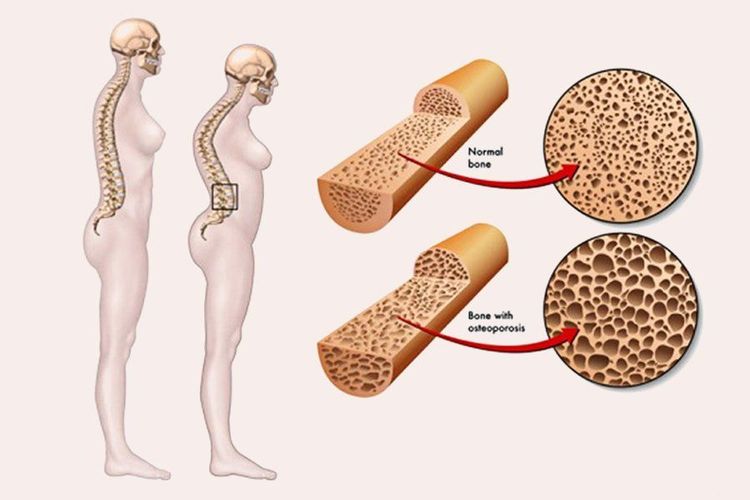
2. Learn surgical methods to correct kyphosis thoracic spine
2.1 Indications/contraindications
Indication
Mild humpback: Do physical therapy or wear a brace; Severe kyphosis: Surgery to correct the hunchback. Contraindications
People with coagulopathy; People with local or systemic infections; People with too low lung capacity do not warrant surgery.
2.2 Preparation for implementation
Implementation personnel: Specialist doctors, assistants; Technical means: Anesthesia, local anesthetic, surgical kits, screw brace system; Patient: Be informed about the purpose, surgical procedure and possible complications; personal hygiene, fasting 6 hours before surgery; were given prophylactic antibiotics and sedation before surgery; Medical records: Prepare according to regulations.
2.3 Performing surgery
Posture: The patient lies prone on the operating table; Anesthesia: Perform endotracheal anesthesia; Posterior skin incision corresponding to the lesion site; Separation of the paravertebral mass; Exposing the screw position through the pedicle; Perform screwing through the stalks of at least 2 adjacent vertebrae above and below the angled vertebrae causing kyphosis depending on the degree and cause of thoracic spine kyphosis; Remove the posterior arch at the position where the hunchback needs to be corrected; Exposing the point of entry to the angulated vertebral pedicle; Go through the vertebral column on both sides, remove the spongy bone of the vertebra causing the angle to bend, and then cut the wedge about 30 degrees; Using a system of fixed braces and screws to adjust the hump; Check the patient's movement based on the patient wake test; Perform posterior bone grafting; Place incisional drainage; Perform incision closure.
2.4 Follow-up after surgery
Closely monitor the patient's postoperative vital signs including pulse, temperature, breathing rate, blood pressure,...; Monitor drains; Closely monitor movement, sensation, and circular muscles.
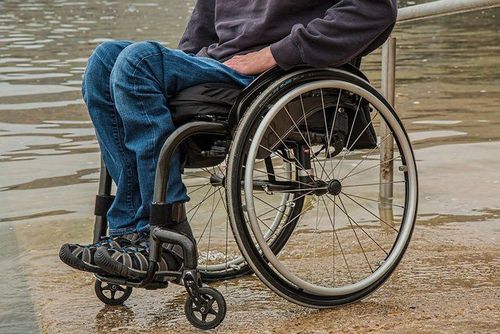
2.5 Management of complications after surgery
Bleeding: Treat by suturing, stopping bleeding; Infection : The treatment is to change to another antibiotic and take good care of the wound to prevent infection; Paralysis: Caused by damage to the spinal cord when screwing, too much manipulation, causing too much slack in the spinal cord, or not enough decompression. Manifestation of this complication is that the patient has motor and sensory paralysis, and round muscle disorder immediately after surgery or right on the operating table after performing the wake-up test. For treatment, it is necessary to determine the exact cause of the paralysis and treat it. If the cause of paralysis is due to the screw, it is necessary to take X-ray of the spine to determine the correct and then remove the screw. If the cause of the paralysis is over-manipulation, loosen the instrument, re-align, and decompress sufficiently. Surgery to correct kyphosis thoracic spine is not too complicated procedure but can carry potential risks. Therefore, when the doctor appoints to perform surgery, the patient should cooperate well with the treating doctor.
Please dial HOTLINE for more information or register for an appointment HERE. Download MyVinmec app to make appointments faster and to manage your bookings easily.
Successful treatment of osteoarthritis with autologous stem cells




